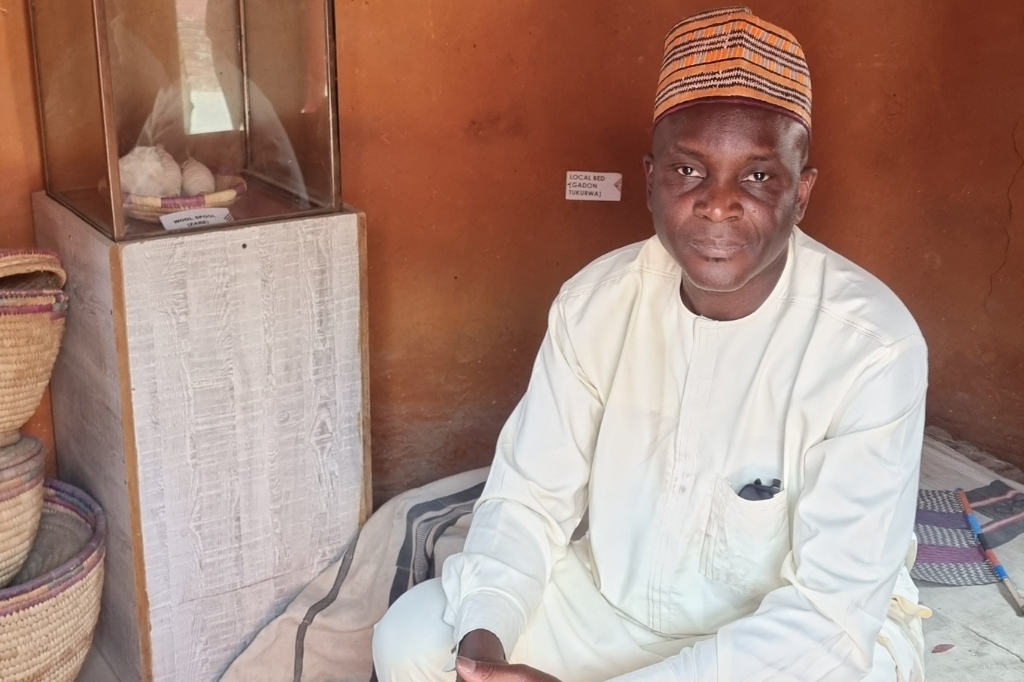Architect goes back to his roots with new appointment as UNESCO Chair
Date 11.01.2024
11.01.2024
Congratulations to Dr Theophilus Shittu, Senior Lecturer in Architectural Technology at the University of Northampton, who has been appointed as Chair in Earthen Architecture, Building Cultures and Sustainable Development at the United Nations Educational, Scientific and Cultural Organization (UNESCO).
UNESCO is a specialised agency of the United Nations (UN) with the aim of contributing to peace and security by promoting international cooperation in education, sciences, culture, communication and information.
As Chair of the International Committee, Dr Shittu’s responsibilities will include accelerating the dissemination of scientific and technical know-how on earthen architecture across the world.
The Chair aims to give priority to the development of training programmes, research, experimentation and dissemination, at an international level in institutions of higher education, scientific research and professional training.
On his academic journey to this appointment, Dr Theophilus Shittu said: “As a child growing up inside a home built from concrete, I was fascinated by the traditional homes made from mud and earth which filled my hometown of Zaria, Nigeria.
“From this young age, I struggled as the traditional homes around me were demolished to make way for more modern, concrete buildings. It was from here which I was drawn to my future career of architecture, with a particular focus on preserving and celebrating historic architecture.
“Since these earliest memories, my entire career to date has been centred around sustainably preserving buildings made from natural earth materials – also known as ‘earthen architecture’ – and complimenting this alongside progressive approaches to building construction and design.
On his appointment as Chair, Dr Shittu commented: “I’m thrilled to have been appointed as UNESCO Chair in Earthen Architectures, Building Cultures and Sustainable Development, and am so excited to continue to advocate for and work towards the preservation of historic earthen buildings through education, research and inciting practical, real-world change.”